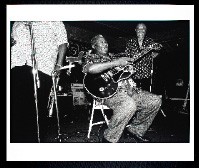Kicking off on Friday, May 2nd, the Memphis Brooks Museum of Art will host its Memphis Art and Fashion Week, complete with a runway, immersive experiences, and conversations.
“It’s about culture. It’s about art. It’s about music, community, and inclusivity,” says Ramona Sonin, director of Memphis Art and Fashion Week and associate professor at the University of Memphis. “It’s a celebration of art, fashion, and the creatives in Memphis.”
In that vein, interior designers Carmeon Hamilton and Colin Chapman will host a Met Gala Watch Party on Monday, May 5th, and Wednesday’s Culinary Couture event will celebrate chef Karen Carrier as she prepares a menu inspired by the artistry and boldness of high fashion. DJs will take over the runway’s after-party. “Having these wonderful creatives all come together to celebrate art and fashion, it’s just really wonderful,” Sonin says. “I’m so grateful to the Brooks for listening to my ideas.”
Last year was the Brooks’ inaugural Art and Fashion: Runway at the Museum, then a one-night event. “It sold out,” Sonin says. “And then we found ways to make a few more spots again, and then we opened tickets up again and it sold out again in seven minutes. So Memphis has been so supportive of it, and clearly it’s something that they love seeing. Knowing that, we came back this year officially with a Memphis Art and Fashion Week — and not just necessarily the traditional runway but also celebrating art.”
The Friday, May 9th, runway show with nearly 50 designers, local and national, will feature several categories including mini collection, micro collection, wearable art, and more, with headliner Korto Momolu, acclaimed Project Runway designer. “She is an amazing talent I can’t wait for Memphis to see on the runway,” Sonin says. “From watching her on Project Runway, the way she works with fabric and her structure, I’ve always adored that, and her use of fabrics as well.”
At the start of the runway will be works by U of M students in the school’s fashion program. Students will also be backstage helping with models get dressed and undressed and so forth. “It gets super chaotic in a wonderful way,” Sonin says. “It’s something you could never teach in the classroom. You can talk about backstage all day long in the classroom, but until they’re back and they’re experiencing it, they’ll never understand it fully. So I’m so happy that we’re able to do that.”
Almost nine years ago, when Sonin first moved here, opportunities like this didn’t exist for students. U of M’s fashion program didn’t exist. “We already had a fashion merchandising program, which I was hired to come in and revamp. In doing that, I pitched the idea of design, and it was approved. And so the design program has just been growing and growing.
“There wasn’t anything really here, the love for it was here, but there was not an outlet for celebrating it.”
Of course, there was the now-closed Arrow Creative’s Memphis Fashion Week, last celebrated in 2023, but as Sonin says, “They had their own mission, and our mission is certainly different.”
Already, the Brooks and Sonin are looking to 2026’s Memphis Art and Fashion Week. “We had so many applications that we are now in the process of considering that the runway may need to be a two-night event,” Sonin says.
“The Brooks has really embraced the idea of fashion as part of art,” Sonin adds, pointing out the museum’s Couture Collective, whose members can attend exclusive events and have access to opportunities in selecting works of art related to the fashion community. “Fashion is an art, and there’s some very artful things that are done in the creation process of making anything, even for a traditional runway. So I think it’s the celebration of that, and people are starting to realize that as well.”
For more information about Memphis Art and Fashion Week and for tickets, visit brooksmuseum.org/program/fashion. A schedule of events is below. (All events take place at the Brooks unless otherwise noted.)
Memphis Art and Fashion Week Schedule

Blue Suede Vintage After Hours: Shop local, get your unique vintage look, and stand out at Memphis’ week of fashion and fun. | Blue Suede Vintage, 486 North Hollywood Street, Memphis, TN 38112, Friday, May 2nd, 5 p.m., free
Met Gala Watch Party: Kick off Memphis Art & Fashion Week and watch the red carpet arrivals of the Met Gala in style. | Monday, May 5, 6 p.m., free/Couture Collective, $20/museum member, $35/general admission
Culinary Couture: This exclusive dinner features a menu by chef Karen Carrier that celebrates creativity across the senses. | Wednesday, May 7, 6 p.m., $175/Couture Collective, $175/museum member, $195/general admission
Backstage with Korto Momolu: A dynamic conversation with the acclaimed Project Runway designer on creativity and cultural influence. | Thursday, May 8, 6 p.m, free/Couture Collective, $10/museum member, $18/general admission, $7/student
Runway at the Museum + After Party: A showcase of more than 50 visionary designers from across the country followed by a party in the Summer Art Garden. | Friday, May 9, 6 p.m., free/Couture Collective, $35/general admission, $25/U of M student, $110/VIP, $15/after-party only
Cocktails with the Curator: Black Dandyism: An exploration of fashion, identity, and resistance with the assistant curator of photography C. Rose Smith. | Saturday, May 10, 3 p.m., free/museum member, $18/general admission

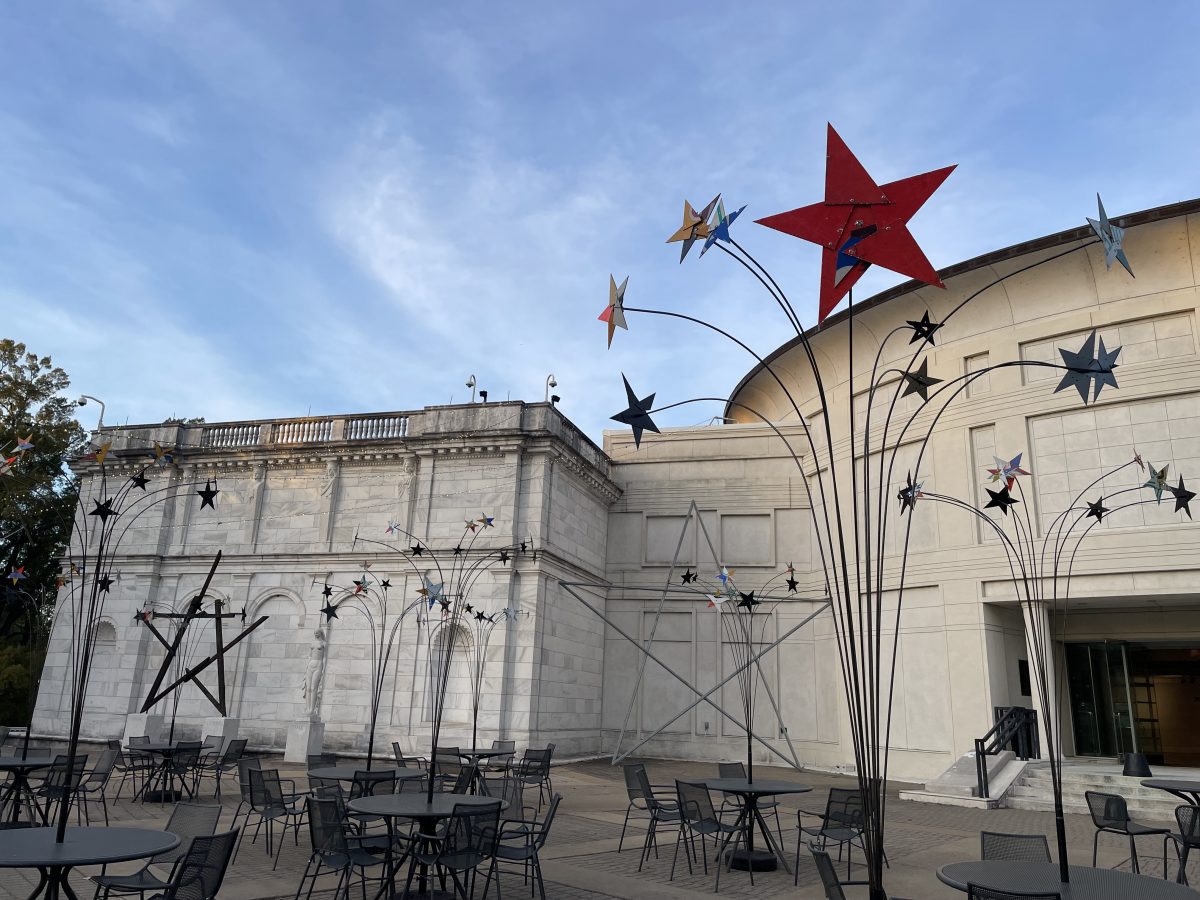


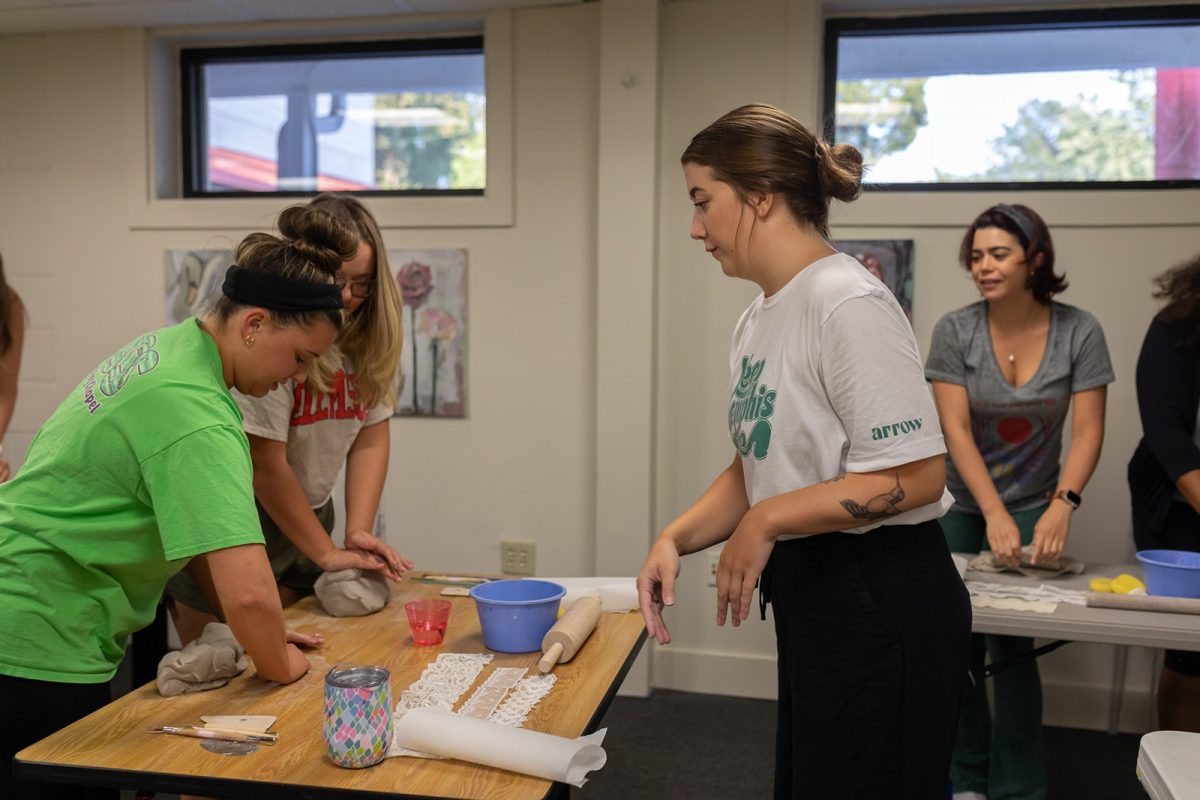
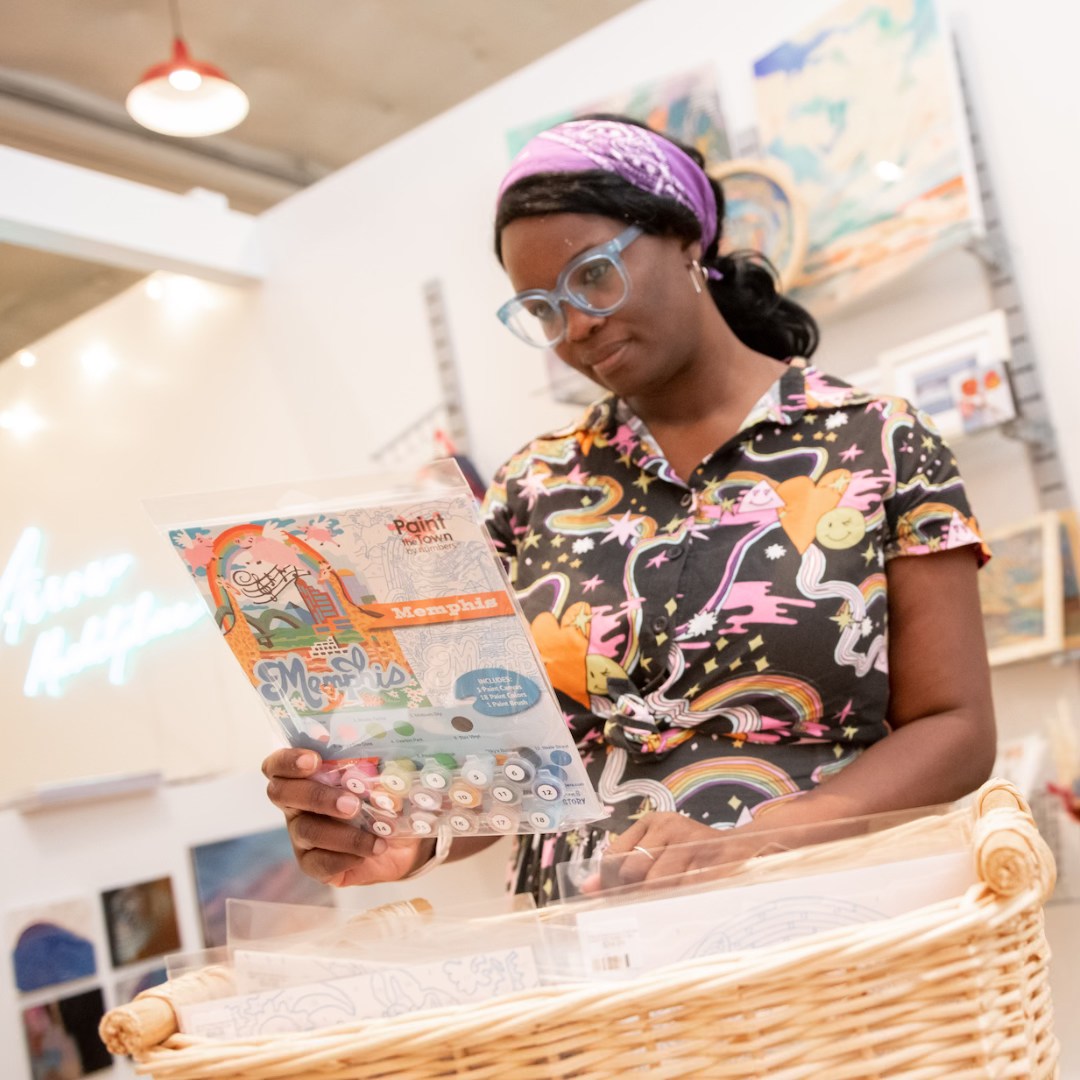


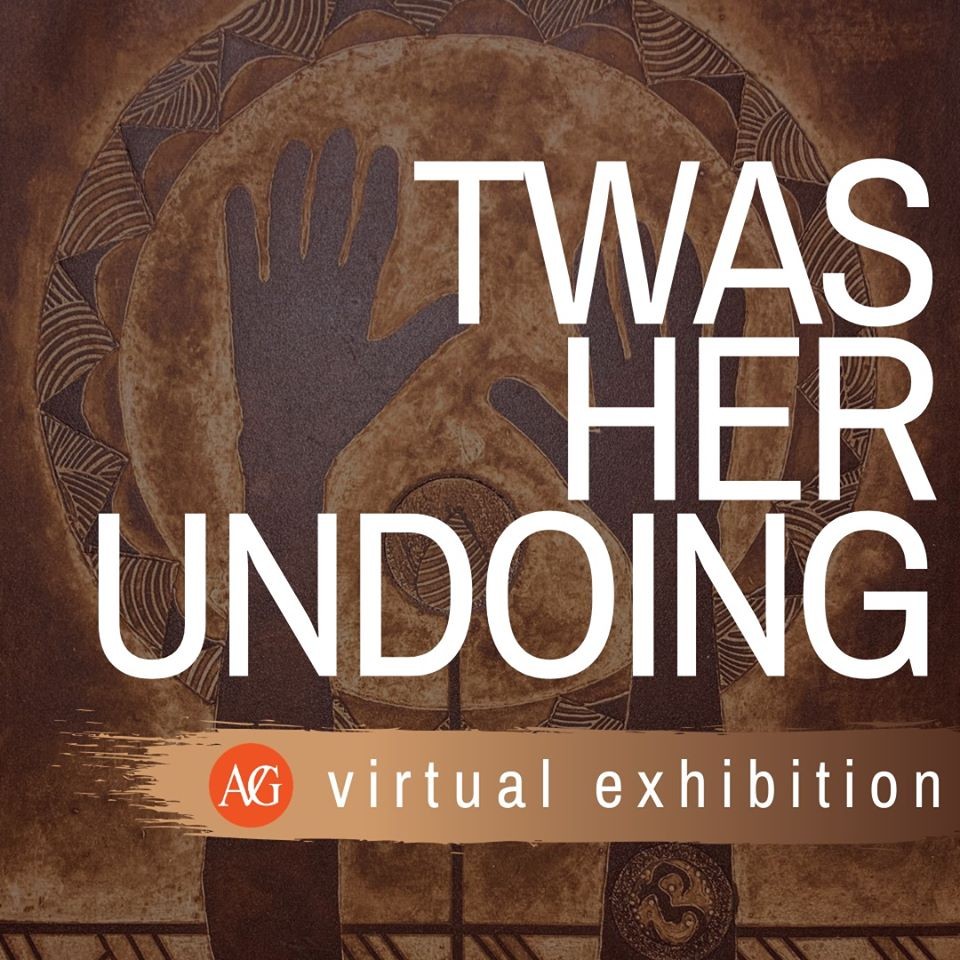


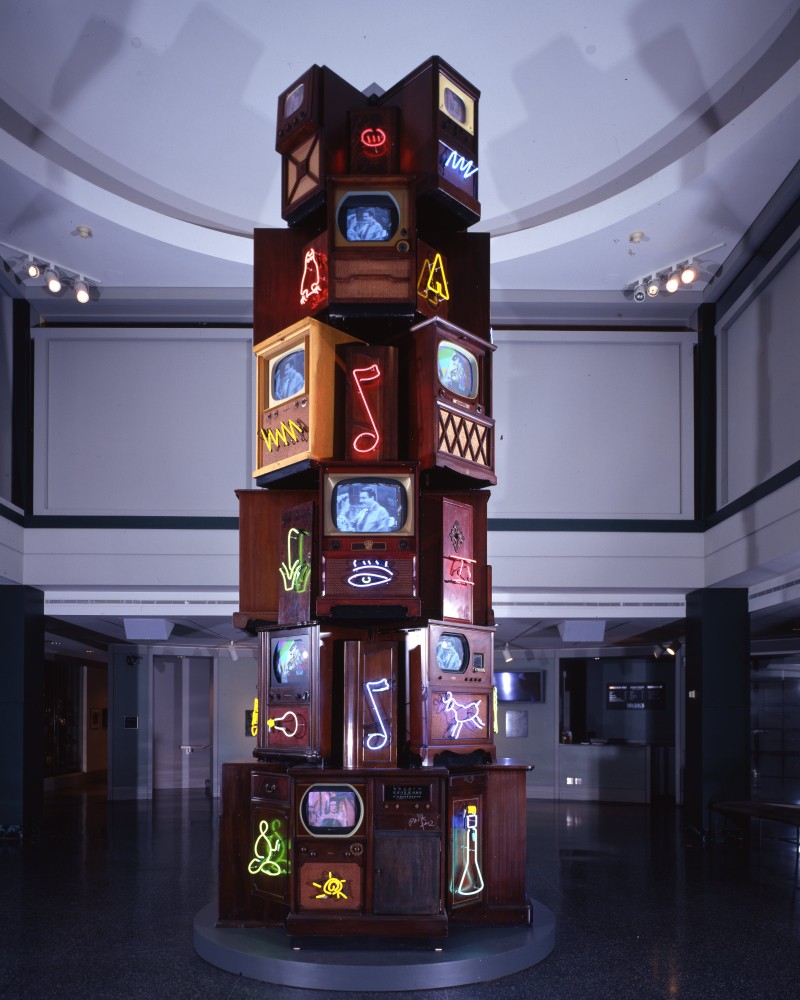 Brooks Museum of Art
Brooks Museum of Art 